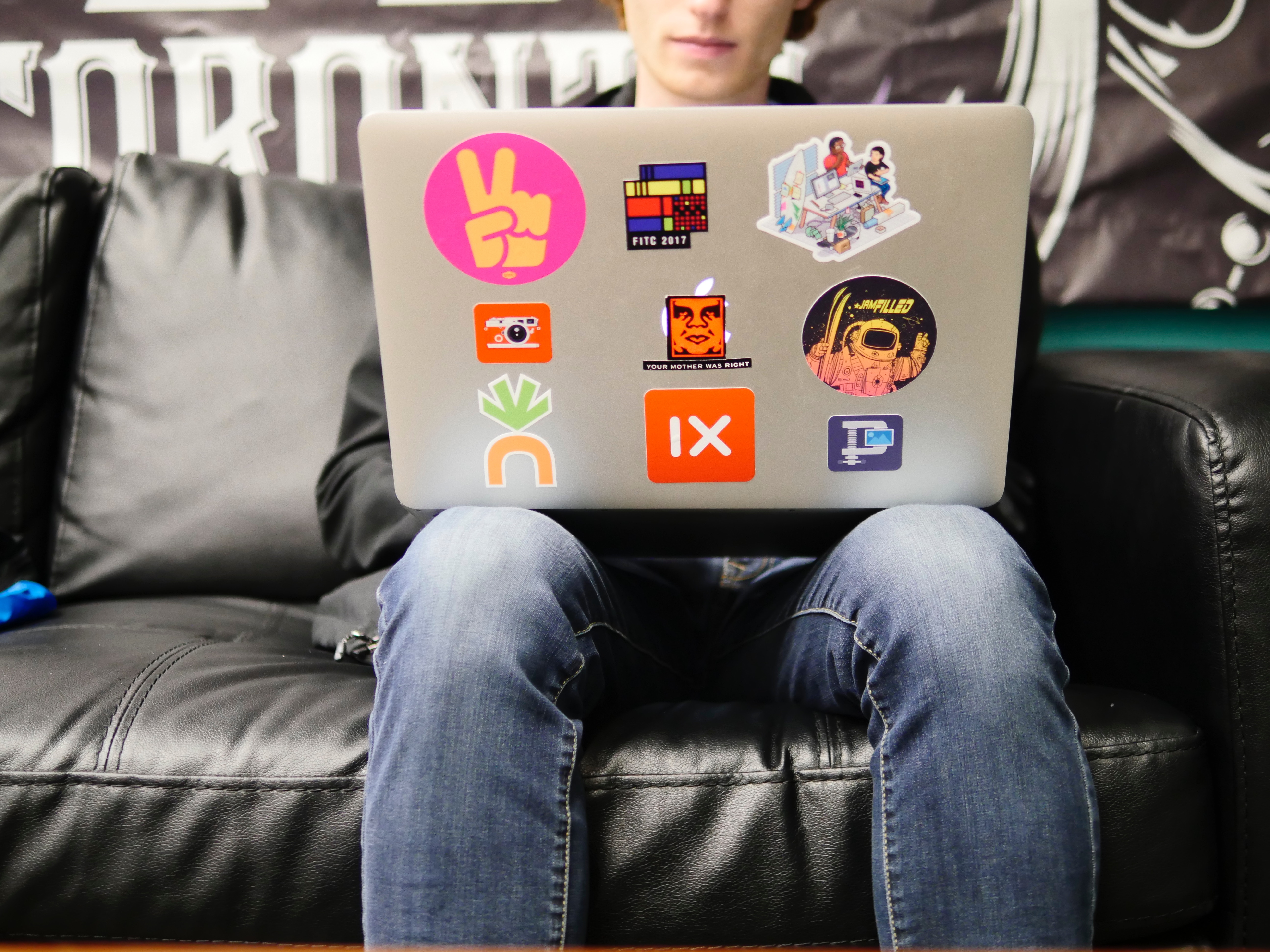Attribution & Formatting a Bibliography
Attribution
-
-
All online content was created by “someone” and everything is owned by”someone”.
-
-
-
It is extremely important to consider where you take content from, how you share the content and how you attribute content.

-
-
-
Attribution means you give credit to the “someone” that created the original content.
-
Attribution is not just about plagiarism. Attribution is about ensuring that the “someone” who created the “something” gets credit for it.
This means, anytime you use an image, anytime you quote a piece of text, anytime you remix a video …..you need to add in an attribution about where you found it so the original owner gets credit for their work.
Similarly, as a Canadian citizen, you own anything you create when you learn. This includes any writing, google.docs, blogs, worksheets, digital artifacts, videos or any work that you complete for a teacher. You will decide whom you share your work with. Your teacher will always check with you for your permission before they share any examples of your work.
As stated before, online content is always owned by “someone”. It can belong to the public domain, it can have a copyright license or it can have a creative commons license.
When you are attributing online content, please look to see who “owns” the content. Under the Canadian Bill C-11: Copyright Modernization Act you may link to content you share (as long as you attribute it) because you are using the content for an educational purpose. Within reason, as a student you are allowed to hyperlink or attribute online content, even if it is copyrighted work.
The following infographic shows the different questions that can impact whether a picture can be used in your assignment and whether it should be cited.
Click on this interesting infographic.